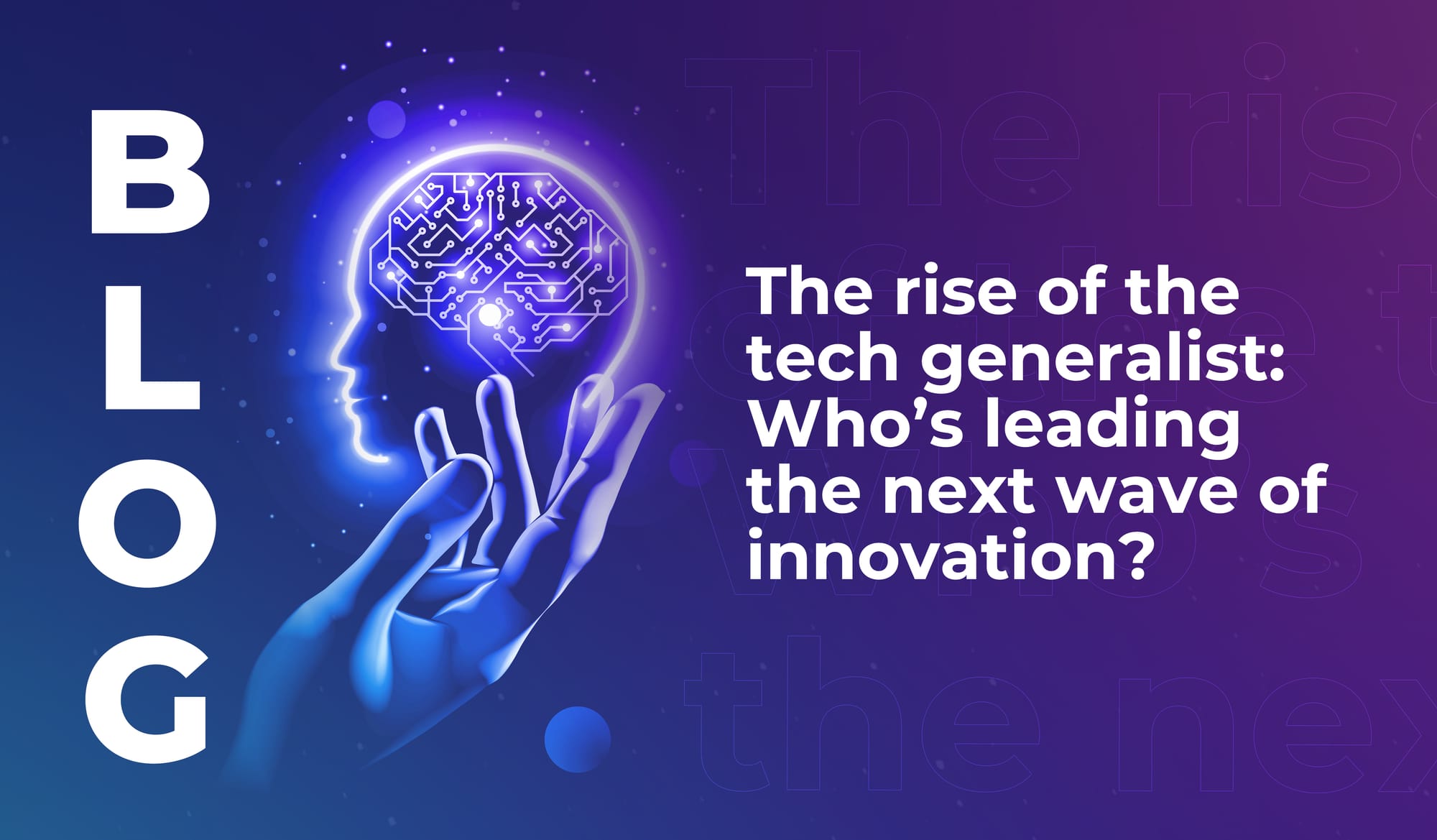
What makes a city ready for a smart future?
Discover the cities that rank highly for smart city preparedness, and learn why locally relevant innovation is more important than cutting-edge tech.


Renato De Castro (Executive Director at RMA Advisory) opened his #LEAP22 keynote with a touch of regret. In February 2009 he received a “very strange” offer – the opportunity to buy something called Bitcoin, for about $0.09.
He didn’t buy it.
Then in 2010, his child was born. “We gave him a big teddy bear,” he said, “and every time I see that bear I remember that if instead of buying that bear I had bought $200 in Bitcoin, I would, today, have $43 million.”
According to De Castro, this is what is happening right now to the people who have an opportunity to invest in the metaverse. If you ignore it; if you think it’s not real, or not real yet; you’ll be the one kicking yourself in ten years, as you watch the early adopters enjoy the fruits of their meta-vision.
He’s not the only one who thinks so. Projections from Precedence Research indicate that the global metaverse market size will reach USD $1,607.12 billion by 2030, growing at a CAGR of 50.74%. So for the people who want to step into a new reality now and take a share of that growth, where should they invest their time, resources, and/or money?
De Castro took us into the metaverse. Through his own avatar, he showed us how we could land on a London street and interact, in real time, with other real people through their avatars, just as we might in real life. And then he outlined four areas that are already gaining serious traction in the metaverse – and that are expected to carry on growing.
– Real estate
Yes, real estate. And yes, really in the metaverse.
“People are buying land in the metaverse,” De Castro said; “Just in one month, last November, we had more than $100 million bought in land in the metaverse.”
In May 2022 a new report by Research and Markets said the global metaverse real estate market will grow by $5.37 billion from 2022-2026, decelerating at a CAGR of 61.74%. And recently, The Sandbox – the third largest metaverse space, based on Ethereum, has attracted high-profile investments from blockchain VC firms and the likes of gaming giant Atari (with plans to build a virtual theme park). Hip-hop legend Snoop Dogg also owns land in The Sandbox, where he’s developing virtual assets. We expect more Snoopverse concerts from him in the future.
– Retail
If retailers in the digital era need to meet their customers wherever they are, then they’re going to have to start meeting them in the metaverse sooner or later. The exciting thing about metaverse retail, from our perspective, is that the possibilities are endless – we’ve yet to see most of the innovative, exciting, gamified and engaging ways that brands will interact with (and sell to) their customers in metaverse and hybrid realities.
De Castro noted that in 2020, $40 billion was spent on skins – clothes that you can wear in the metaverse. And this article in Business of Fashion suggests that the market value for skins could reach $70 billion by 2024.
Major retailers that have recently entered the metaverse include Selfridges (with the launch of a virtual city, in partnership with clothing brand Charli Cohen); Nike (revealing an immersive world called Nikeland, built in collaboration with the game sharing platform Roblox); and Benetton (with the announcement of its first metaverse store in February this year).
– Entertainment
We already mentioned Snoop Dogg’s metaverse plans. But he’s not the only one developing entertainment opportunities here – far from it, in fact.
Naturally, gaming is ahead of the…well, the game, when it comes to metaverse entertainment. According to research by EY, 97% of survey participants believe the gaming industry is the centre of the metaverse right now, and most industry watchers expect the gaming industry to play a prominent role in early-stage metaverse growth.
But in a virtual world there are few limits: all forms of entertainment have the potential to exist (and to evolve) here. According to technavio, the metaverse entertainment market share will grow at an accelerating CAGR of 8.55% until 2026, when it’ll be worth $28.92 billion.
We’ll see concerts like we’ve never seen them before. Film, TV, VR worlds, and currently unimaginable immersive entertainment experiences.
– Digital twins
We should all be watching the metaverse to see how innovators will develop new ways to leverage digital twin tech – for a vast array of purposes. If the metaverse itself is a digital twin to our entire physical reality, then what potential could the micro-twins within it hold?
This is (perhaps) the most exciting of metaverse development cases: because digital twinning could improve everyday experience beyond recognition. Digital twins can allow us to understand how people use and understand empirical infrastructure – from public infrastructure like transport, to the way that surgeons operate on the physical structure of the human body – and then enable the testing of new solutions.
Digital twins could change the way we approach education, business, manufacturing and supply chains; even disaster prevention, and humanitarian aid operations.
“This is not the future,” said De Castro. “This is happening already.”
Now is the time for tech innovators and investors to involve themselves in metaverse development. Not just because it’ll put them at the forefront of this huge development space, with ROI clearly on the horizon; but also because the people who innovate with metaverse tech now have the potential to shape our global future.
We need good people, with great ideas, to plant their (avatar) feet firmly in the metaverse landscape. Because when they do, anything is possible.

Discover the cities that rank highly for smart city preparedness, and learn why locally relevant innovation is more important than cutting-edge tech.

If you’ve ever thought about becoming a tech investor, read this – learn why investors are the quiet force shaping the future of the industry.

Tech generalists will enable emerging technologies to integrate across industries and societies in meaningful ways. We still need specialists – but we also need big-picture people.

Discover the cities that rank highly for smart city preparedness, and learn why locally relevant innovation is more important than cutting-edge tech.

If you’ve ever thought about becoming a tech investor, read this – learn why investors are the quiet force shaping the future of the industry.

Tech generalists will enable emerging technologies to integrate across industries and societies in meaningful ways. We still need specialists – but we also need big-picture people.